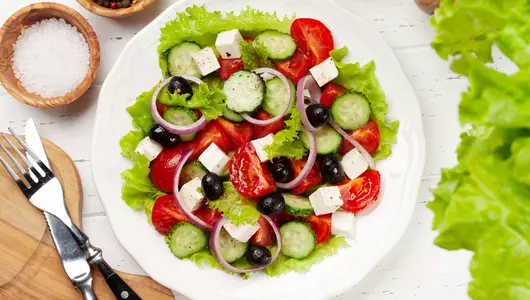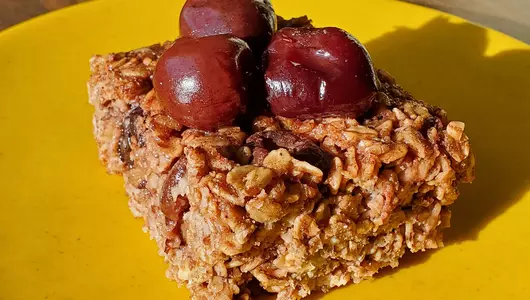
Summer food safety tips
Summertime often brings sunshine, barbecues, and gatherings with family and friends. It also means heat and the perfect conditions for the spread and growth of bacteria that can lead to foodborne illnesses. By heeding a few simple precautions, you can keep yourself and your friends and family safe during these fun-filled summer months with these summer food safety tips.
- Wash your hands. We are all doing a lot of this lately and its importance increases when we are handling food. Wash for at least 20 seconds with soap and hot water, covering all parts of your fingers and hands. Handwashing prevents the spread of germs from people and other foods and should be performed:
- Before, during, and after preparing food
- Before and after eating
- Before, during, and after caring for someone who is sick
- Before and after treating a cut or wound
- After using the bathroom
- After changing diapers or helping a child with toileting
- After blowing your nose, coughing, or sneezing
- After touching your face
- After touching an animal, animal food, or animal waste
- After touching garbage
- Keep raw foods separate from cooked and ready-to-eat foods. Raw meats can be a breeding ground for bacteria so it is important to keep these foods away from those that can be eaten immediately.
- Do not use a cutting board or plate that was used to prepare or store raw meat or fish/seafood to prepare other foods such as fresh fruits and vegetables unless you wash them thoroughly in hot soapy water first.
- Store meats and fish/seafood below ready-to-eat foods in the refrigerator - any drips or leaks can contaminate other food.
- Cook meats and seafood thoroughly. Using a meat thermometer can help you determine whether it is cooked to an appropriate temperature to kill harmful bacteria.
- Hamburgers should be cooked to 160°F or when browned all the way through
- Cook chicken to 165°F and fish to 145°F
- Keep hot foods hot and cold foods cold!
- Hot foods should be held at or above 140°F. Store in an insulated container and eat within 2 hours of cooking.
-
- Cold foods should be held at or below 40°F. Store them in an insulated container on ice; drain water and add ice periodically to keep food cold.
- The temperature "danger zone" is 40°F - 140°F. Food should not be kept in this range for more than 2 hours or, if it is above °90F outside, 1 hour.
Related articles

Greek salad dip recipe
This Greek salad dip is both healthy and delicious - an instant crowd-pleaser when served on your favorite crackers or pita chips.

Greek salad recipe
A refreshing and flavorful salad made with tomatoes, cucumbers, onions, olives and feta cheese.

Chocolate cherry baked oatmeal recipe
Makes 6 servings Ingredients 2 cups old fashioned oats 1 tsp. baking powder ¼ cup light brown sugar 2 Tbsp. cocoa powder ¼ tsp. salt 2 cups fresh or frozen

Fresh ideas for fruit
Traditionally fruit is eaten plain or doused in sugar and butter and served as a dessert; however, fruit can be used in a wide range of recipes.